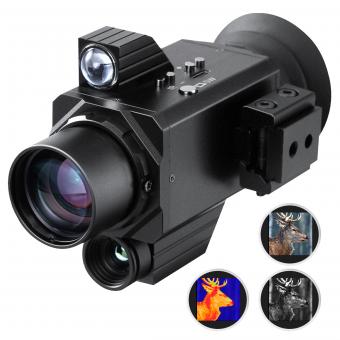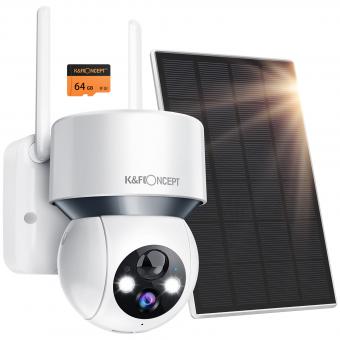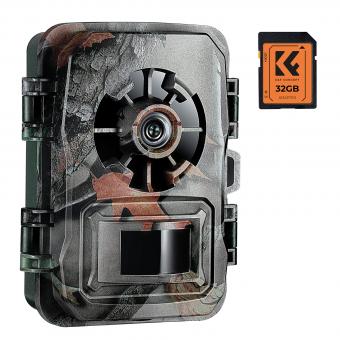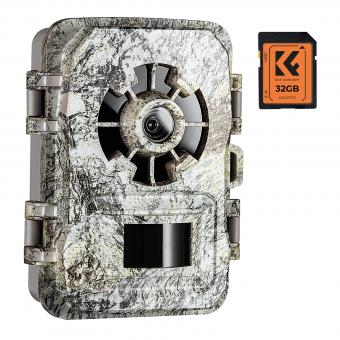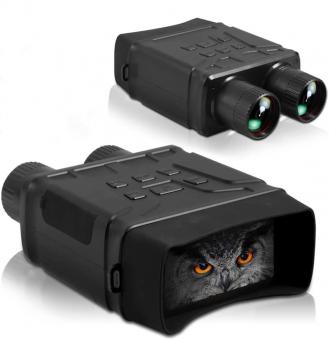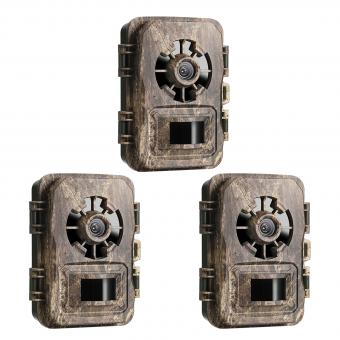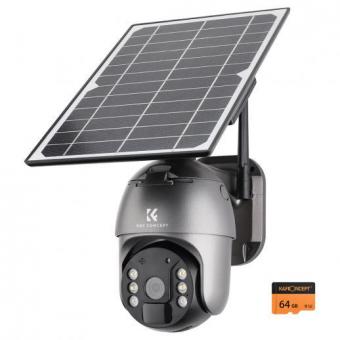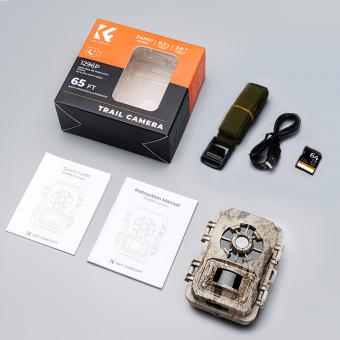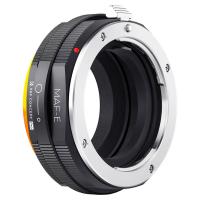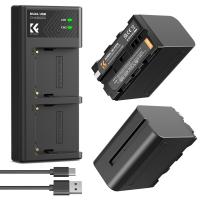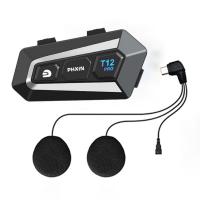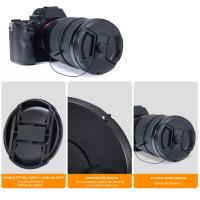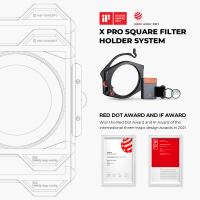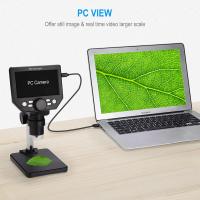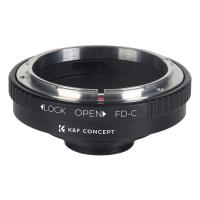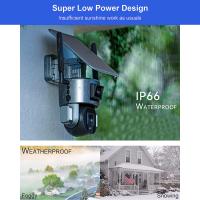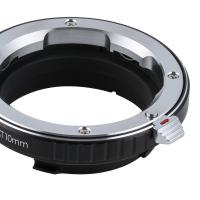What's Better Night Vision Or Thermal ?
Night vision and thermal imaging are two different technologies used for detecting objects in low-light conditions. Night vision amplifies the available light to produce a visible image, while thermal imaging detects the heat emitted by objects to produce an image.
Both technologies have their advantages and disadvantages. Night vision is better suited for detecting objects that emit visible light, such as stars, streetlights, and headlights. It is also more effective in detecting camouflage that relies on color and pattern. However, it is less effective in detecting objects that do not emit visible light, such as animals and people wearing dark clothing.
Thermal imaging, on the other hand, is better suited for detecting objects that emit heat, such as animals and people. It is also more effective in detecting objects in complete darkness or through smoke, fog, and other obscurants. However, it is less effective in detecting camouflage that relies on color and pattern.
In summary, the choice between night vision and thermal imaging depends on the specific application and the conditions in which it will be used.
1、 Night Vision:
Night vision technology has been around for decades and has been used in various applications such as military operations, law enforcement, and hunting. It works by amplifying the available light in the environment, making it possible to see in low-light conditions. Night vision devices come in different forms, including goggles, scopes, and cameras.
One of the advantages of night vision is that it provides a clear image of the surroundings, making it easier to navigate and identify objects. It is also relatively affordable compared to thermal imaging technology. Night vision devices are also lightweight and portable, making them easy to carry around.
However, night vision has its limitations. It relies on ambient light, which means that it may not work well in complete darkness. It can also be affected by weather conditions such as fog, rain, and snow. Additionally, it may not be able to detect objects that are hidden behind obstacles such as walls or trees.
In recent years, there have been advancements in night vision technology, such as the use of digital sensors and image processing algorithms. These improvements have made night vision devices more effective and efficient.
Overall, night vision technology is a useful tool for low-light conditions, but it has its limitations. It is important to consider the specific application and environment when choosing between night vision and thermal imaging technology.
2、 - Definition and Function
What's better, night vision or thermal? The answer to this question depends on the specific application and the user's needs. Night vision technology amplifies available light to produce a visible image, while thermal imaging detects heat signatures to create an image.
In some situations, night vision may be more effective, such as in low-light conditions where there is some ambient light available. Night vision can also provide a more detailed image of the environment, allowing the user to see more clearly in complex environments. However, night vision can be limited by its reliance on available light, making it less effective in complete darkness.
Thermal imaging, on the other hand, can detect heat signatures even in complete darkness, making it ideal for use in situations where there is no ambient light available. Thermal imaging can also detect hidden objects or individuals, making it useful for search and rescue operations. However, thermal imaging can be less effective in complex environments, as it may not provide as much detail as night vision.
In recent years, there has been a trend towards combining night vision and thermal imaging technologies into one device, providing users with the benefits of both technologies. These devices, known as thermal night vision goggles, can provide a more comprehensive view of the environment, making them ideal for military and law enforcement applications.
In conclusion, the choice between night vision and thermal imaging depends on the specific application and the user's needs. Both technologies have their strengths and weaknesses, and the latest trend is towards combining the two technologies into one device for maximum effectiveness.
3、 - Types of Night Vision Devices
What's better night vision or thermal? This is a common question among those who are looking for the best night vision device for their needs. The answer depends on the specific application and the user's preferences.
Night vision devices work by amplifying available light, such as moonlight or starlight, to produce a visible image. They come in different types, including image intensifiers, infrared illuminators, and thermal imaging cameras. Image intensifiers are the most common type of night vision device and are used by the military, law enforcement, and hunters. They are effective in low-light conditions but require some ambient light to work.
Thermal imaging cameras, on the other hand, detect heat signatures and produce an image based on the temperature differences in the scene. They are not affected by ambient light and can work in complete darkness. They are commonly used in search and rescue operations, surveillance, and firefighting.
In terms of which is better, it depends on the specific application. For example, if you are hunting at night, a night vision device may be more suitable as it can help you see animals in low-light conditions. However, if you are searching for a person in the dark, a thermal imaging camera may be more effective as it can detect body heat.
The latest point of view is that both night vision and thermal imaging have their advantages and disadvantages, and the choice depends on the specific application and user's preferences. Some devices now combine both technologies, providing the best of both worlds. Ultimately, it is important to choose a device that meets your needs and budget.
4、 - Advantages of Night Vision
What's better night vision or thermal? This is a common question that arises when it comes to choosing between the two technologies. Both night vision and thermal imaging have their advantages and disadvantages, and the choice ultimately depends on the specific application.
Advantages of Night Vision:
1. Low Light Performance: Night vision technology allows users to see in low light conditions, making it ideal for use in situations where visibility is limited.
2. Cost-Effective: Night vision technology is generally less expensive than thermal imaging technology, making it a more accessible option for many users.
3. Wide Range of Applications: Night vision technology is used in a wide range of applications, including military, law enforcement, hunting, and surveillance.
4. Improved Safety: Night vision technology can improve safety in low light conditions, allowing users to navigate their surroundings more easily.
5. Improved Accuracy: Night vision technology can improve accuracy in shooting and targeting, making it a valuable tool for military and law enforcement personnel.
However, it is important to note that night vision technology has limitations. It relies on ambient light, which means that it may not work well in complete darkness. Additionally, it can be affected by weather conditions such as fog and rain.
In recent years, thermal imaging technology has become increasingly popular due to its ability to detect heat signatures. While thermal imaging technology has its own set of advantages, it is generally more expensive than night vision technology. The choice between the two ultimately depends on the specific application and budget.

